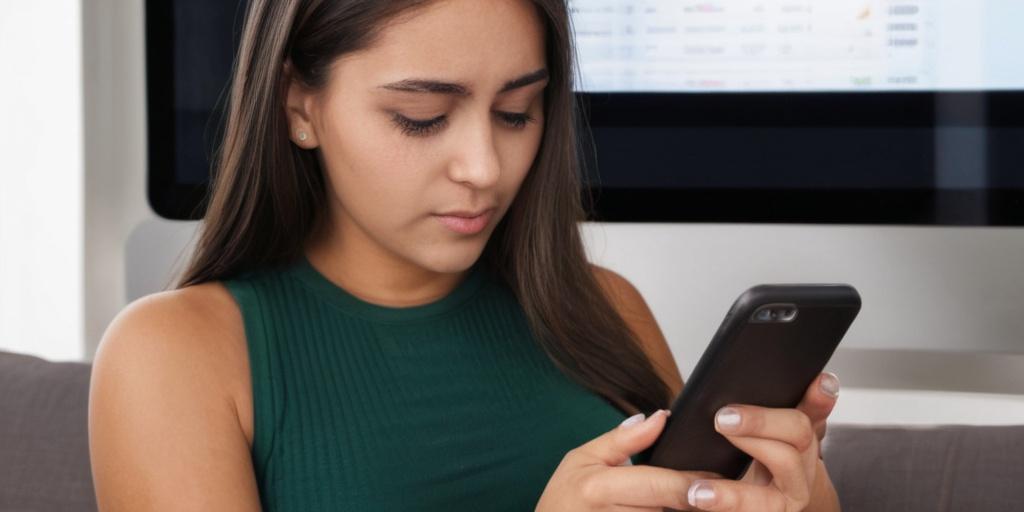Key Take Aways About Backtesting Technical Strategies
- Backtesting allows traders to test strategies using historical data to evaluate potential success.
- Key steps: Gather data, define strategy, simulate trades, analyze results, refine strategy.
- Beware of overoptimizing (curve fitting) and prepare for market unpredictability.
- Adapting strategies is essential as markets evolve over time.
- Tools like MetaTrader and Python libraries assist in backtesting with customizable options.
- Backtesting is essential for testing strategies, but cannot fully predict real trading conditions.

Understanding Backtesting in Technical Trading
Backtesting in trading might sound like a high-tech, complex process, but at its core, it’s a pretty straightforward concept. Imagine you’re trying to see if your bright idea for trading would have actually worked in the past. You take historical data, apply your strategy, and see if you would have made money or ended up eating instant noodles for a week. It’s a major tool for anyone who wants to dive headfirst into the world of trading without losing their shirt.
The Essence of Backtesting
So, what’s backtesting really? It’s a simulation. You grab a bunch of historical data, pretend you were trading back then with your chosen strategy, and assess the results. If your strategy is sound and you’re seeing dollar signs, great! But if you’re not, it’s back to the drawing board. But remember, just because a strategy worked in the past doesn’t mean it will be a goldmine in the future. Ah, the joys of trading!
Why Use Backtesting?
Why go through all this fuss? It’s all about confidence, my friend. Would you buy a car without test-driving it first? Probably not. Backtesting gives you a taste of how your trading strategy might perform, without spending real money. For those who love numbers and charts, it’s like a playground. Plus, it helps in spotting weaknesses before they become costly errors.
Steps in the Backtesting Process
So, you’re ready to give backtesting a spin? Let’s break it down:
- Gather Data: Historical data is your starting point. The more you have, the better. Make sure it’s reliable. No one wants data errors wrecking their strategy.
- Define the Strategy: Got your strategy? Write it down. Every detail counts, so nothing is left to guesswork. Computers don’t like guesswork.
- Simulate Trades: This is where the magic happens. Apply your strategy to the historical data. It’s like playing a video game where the stakes are theoretical money.
- Analyze Results: Time to put on your detective hat. You’re looking at profits, losses, and any patterns. Spread your data out and see what’s really going on.
- Refine the Strategy: If your results aren’t up to snuff, tweak your strategy. Small changes can make a significant difference.
Real-World Tips for Backtesting
Let’s talk shop for a second. I’ve been around the block a few times with backtesting, and here’s a nugget of wisdom: be wary of overoptimizing. Making a strategy fit the historical data too perfectly often results in what’s known as curve fitting. In simpler terms, it’s like fitting a square peg in a round hole—it might work for past data but fall flat when the real markets take a swing at it.
Another thing to remember is that markets change faster than my morning coffee gets cold. A strategy that was a champion last decade might need a facelift. Always be ready to adapt or pivot to maintain an edge.
Tools and Software for Backtesting
Nowadays, there are loads of tools out there to help traders with backtesting. Some folks prefer to take the Data-Driven route with platforms like MetaTrader 4 or 5. For those who enjoy programming, languages like Python offer vast libraries to perform backtesting in a more customizable manner. Each tool has its pros and cons, but most offer a demo account, so you can try before you commit.
The Limitations and Real-Life Scenarios
Even with the best backtesting tools, remember, it’s not foolproof. Markets are unpredictable, and factors like changing regulations or freak market movements can’t be fully captured or predicted through backtesting.
Once, I backtested an awesome breakout strategy. It worked wonders in the simulation but when applied in live trading, unforeseen market volatility threw a wrench in the works. Lesson learned—be prepared for the unpredictable and always have a backup plan.
Conclusion: Is Backtesting Worth It?
Backtesting is a can’t-miss tool for traders eager to test strategies without burning cash. It’ll never be 100% accurate, but it’s the closest you’ll get to crystal ball gazing in trading. Give it a whirl, be ready to learn, fail, and adapt—trading is nothing if not unpredictable. Chasing those gains while keeping the risks in check is the name of the game. Backtesting is your best friend in this wild world of trading.